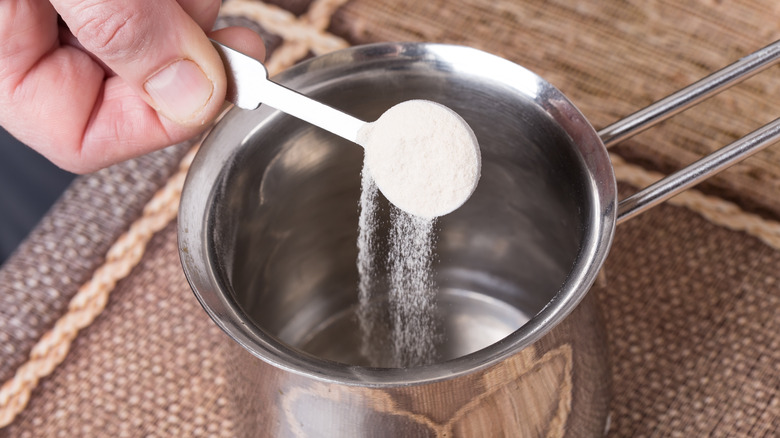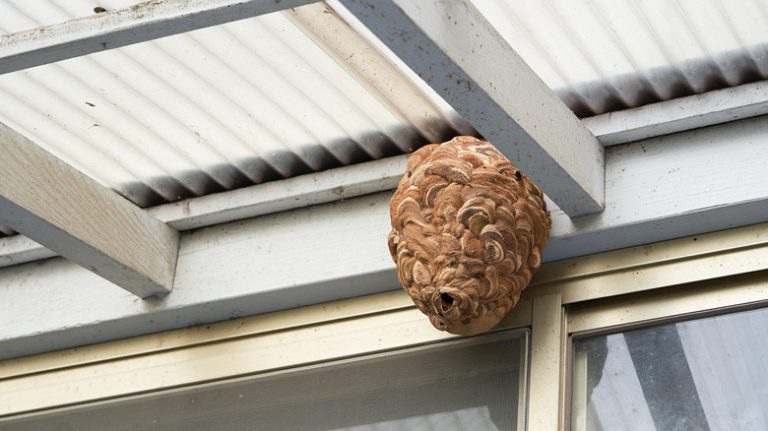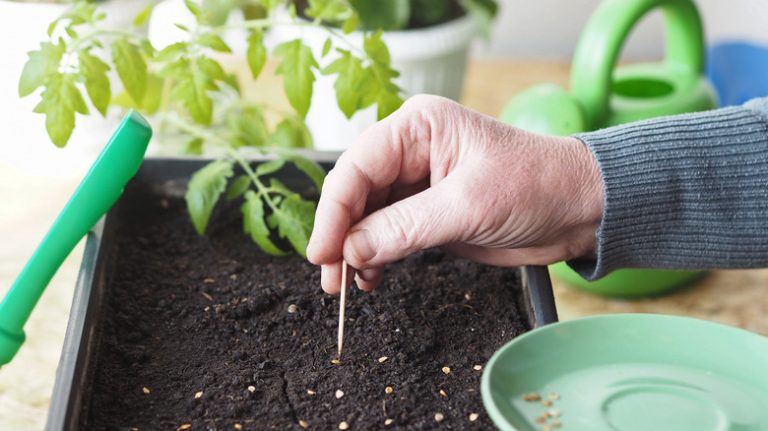Gelatin, the household ingredient ubiquitous in jiggly desserts and candies, has found itself another use as a nitrogen fertilizer for your container garden. Being a source of animal protein, the microorganisms present in the soil break it down and convert it into nitrogen, which plants can easily uptake. As is known, this macronutrient is essential for plants to grow stronger shoots and greener leaves, in addition to boosting overall growth. What’s more, gelatin also acts as a biostimulant— a substance that promotes nutrient absorption, plant quality, and stress tolerance — and has shown positive results for several crops, including cucumber, arugula, pepper, and tomato.
The find is spectacular because it resolves multiple issues in one go. Since it’s organic, it does away with the need to engage with chemicals notorious for harming the environment. Instead of using unsightly food waste like broken eggshells and coffee grounds, it presents an aesthetic way to add nitrogen to the soil. Plus, if fertilizer costs have ever been your pain point, it kicks that issue to the curb, as it’s relatively inexpensive. However, gelatin’s biggest draw lies in how easily it settles the matter that bothers most amateur gardeners: how much fertilizer do you really need in your garden pots?
Using gelatin to improve plant health

As nitrogen is fairly mobile in the soil and is given to leeching, in addition to volatilizing, it’s difficult to estimate the amount of fertilizer you need to feed your plants. The situation is particularly precarious in containers where the roots are limited by the potting medium for their nitrogen supply. Thus, it often leads to underfeeding—with the plants showing yellowing foliage, leaf shedding, and stunted growth—or overfeeding, which causes excessive leafing paired with poor fruiting.
Gelatin solves this issue in two ways. First, as a product, it merely holds 7.1 milligrams of nitrogen, equaling about 40 milligrams of protein, which further gets diluted in water, nipping all overfertilization issues in the bud. Second, it acts as a slow-release fertilizer that continues to add nitrogen to the roots over time. Indeed, Knox Gelatine-ideated research found improvements in chlorific plants in under four days of gelatin application.
To create your gelatin liquid fertilizer, take a one-liter bottle, fill it with 50 milliliters of cold water, and mix in one bag of unflavored gelatin. Let it sit for about two minutes, and add another 250 milliliters of water once the gelatin softens. Stir the components, and finally, fill the bottle to the brim. Pour out the water in your pots during your routine monthly irrigation sessions. Seasoned gardeners caution that you shouldn’t let the mixture sit for over two days, lest it begin fermenting and lose its utility.




